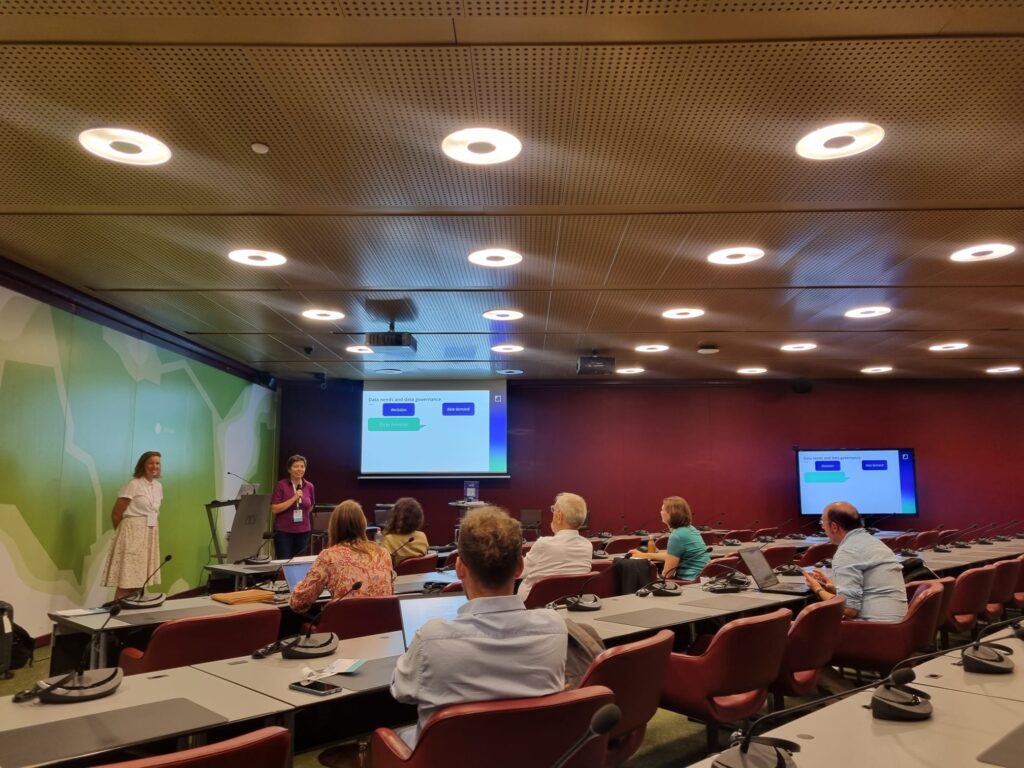At the beginning of September, FutuRaM partners headed to Geneva to deliver two workshops at World Resources Forum 2023.
Enabling Secondary Raw Materials Management by Data Governance.

Kirsten Remmen from Empa and Susanne Rotter from TU Berlin run an interactive session on “Enabling Secondary Raw Materials Management by Data Governance.” The workshop explored the regulatory framework that will influence the project. Digging deeper into the matter, they presented the composition data concept of FutuRaM and applied it on an example of aluminium for ease that brought the audience to the subject of this presentation. The discussions focused on the following questions:
➡ Which data do we need to collect, and which is less relevant?
➡ What data is currently available?
➡ How to combine and extend the existing frameworks?
Mining waste
During the two- and a half-day long event, attendees were equally welcomed at the project’s dedicated stand showcasing mining waste samples from floatation tailings, red mud dumps, and smelter slags. The samples covering most of the Balkan region were kindly delivered by Geological Survey Of Slovenia while Geological Survey of Finland displayed samples from Otanmäki Mine Oy. The stand proved to be successful attracting visitors with its collection of over 15 samples and guiding them towards the joint session of five experts discussing “Critical Raw Materials Availability in Historic Mining Waste”.
Setting the scene, James Horne from the WEEE Forum introduced the project followed by experts’ discussions on:
– the potential of the historical mining sites,
– ongoing research and available results,
– the question of environmental legacy,
– processing methods,
– risks and barriers.
Read below a short summary of the situation in different countries.
FutuRaM-Re-mining-the-MineSweden
Erika Ingvald from Geological Survey of Sweden took over the stage to present the Swedish case: looking at the mining history of Sweden, we see that a large number of mines was operating at the beginning of 20th century. Fast forward to 1970-2020, the production of ore and consequently mining waste picked up significantly despite the number of mines going down. Currently there are over 3000 mining sites in Sweden and the data from over 1000 of them was collected to measure the volume of the deposits, prepare a chemical analysis, and estimation updates. So far it was concluded that there are higher concentrations of Magnesium, Titan, Phosphorus, Strontium, Vanadium and Lithium in the tailings than in waste rock and crust. Certain cases, such as the one of LKAB mines, could prove as an excellent economic opportunity. The main challenges are though finding the right technology and methodology of processing low tonnages and variable grades. Furthermore, it also requires overcoming geographical issues as well as legislative and financial barriers.
France
The situation of mining waste data in France was presented by Daniel Monfort from BRGM by walking the audience through two important databases. The first database focussed on environmental risks of mining wastes deposits aligned with extractive waste directive obligations. The second database was mineral resource oriented, based on the results of previous EU funded projects such as ProMine and ProSUM. This so called “ARMADA” database contains around 900 anthropogenic deposits in France belonging to historical mines, however, only a few of them have chemical content data. So, in the framework of FutuRaM, BRGM is compiling new data from environmental monitoring of historical mines to feed the mineral resource database. This step is essential to assess sites with a potential interest in metal recovery.
Historical mining waste in France are the result of 20th century mining activities focussing on base metals’ needs (ex.: copper, lead, etc.). Consequently, the critical raw material content is often unknown or too low and only present in small volumes confirming that a case study for recovery of metals in mining wastes is necessary at this stage.
Slovenia
Taking over the podium, Jasminka Alijagić from Geological Survey of Slovenia continued the session. Due to their quantity and composition, secondary mineral deposits can pose a substantial risk to the environment, while on the other hand representing valuable sources of secondary raw materials, including critical raw materials. West Balkan countries have had a long history of mining base, precious metals, and metallurgy and were European source of copper, zinc, silver, platinum etc. These secondary raw material deposits are still rich with strategic and critical minerals; thus, they represent a relatively undiscovered potential for the European raw materials market sector.
Finland
In Finland, around 100 Mt of mine waste is being generated annually, which corresponds to around 74 % of the total waste streams – explained Teemu Karlsson from Geological Survey of Finland. Only a small fraction of the mine waste is utilised, mainly in earth construction and cavity filling at the mine site. Also, several closed mine waste sites might include interesting amounts of critical raw materials or rock materials suitable for construction purposes, but currently the resource potential of the old sites has been understudied. The most thoroughly investigated closed mine waste site in Finland is the Otanmäki tailings facility. The Otanmäki Mine Oy is planning to remine the tailings for ilmenite soon while the Otanmäki tailings site serves a case study site for the FutuRaM project in Finland. Last but not least, it will demonstrate the future remining projects.




Over a year into the project, the project’s research on the recovery of critical raw materials mining waste is advancing rapidly.
For more information, do not hesitate to contact any of our experts at info@futuram.eu.
